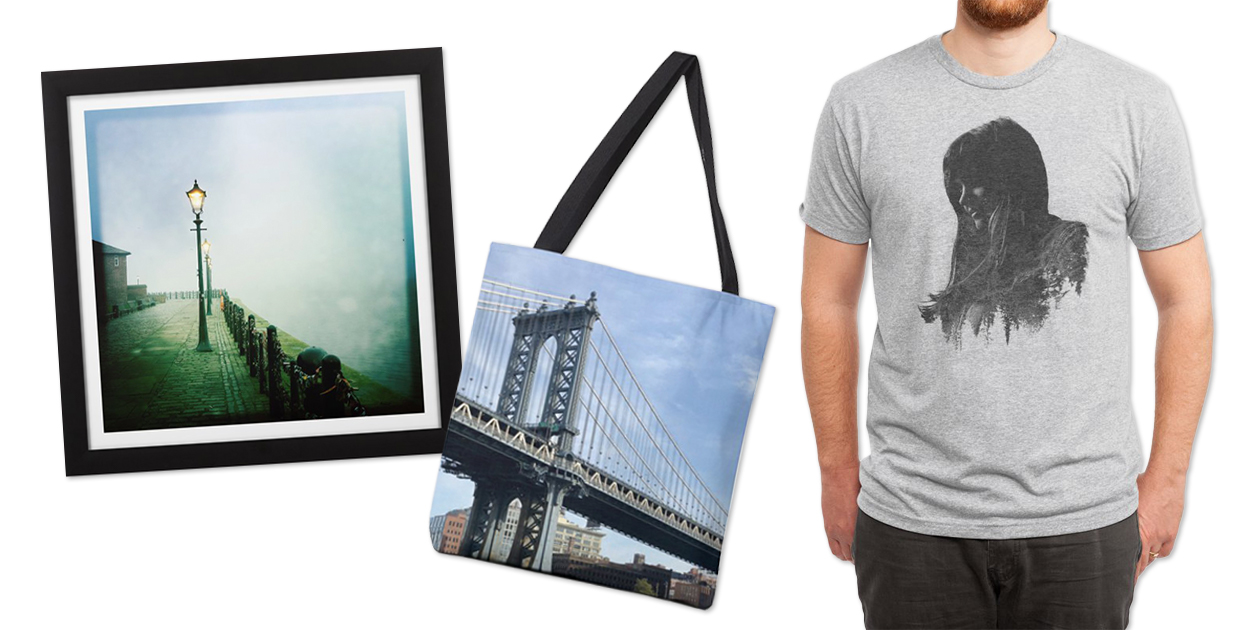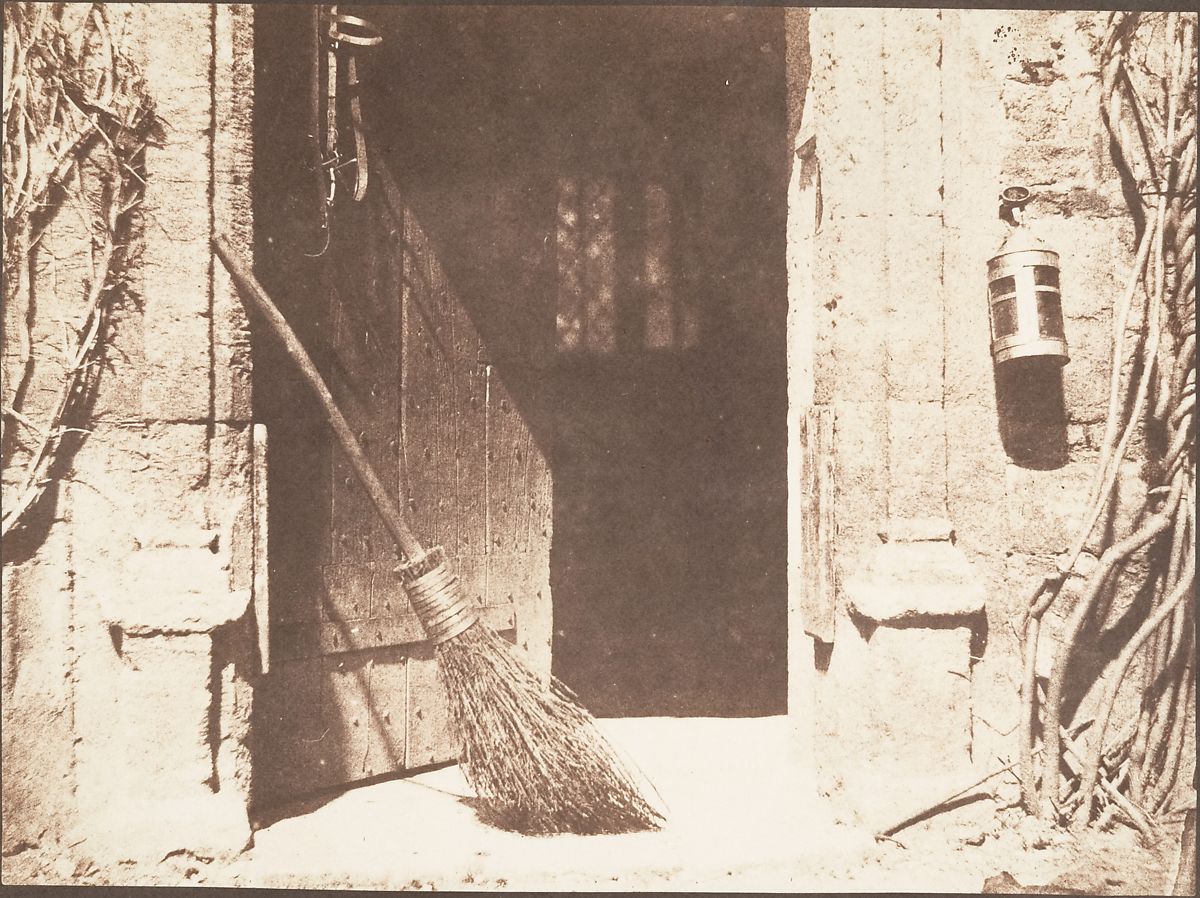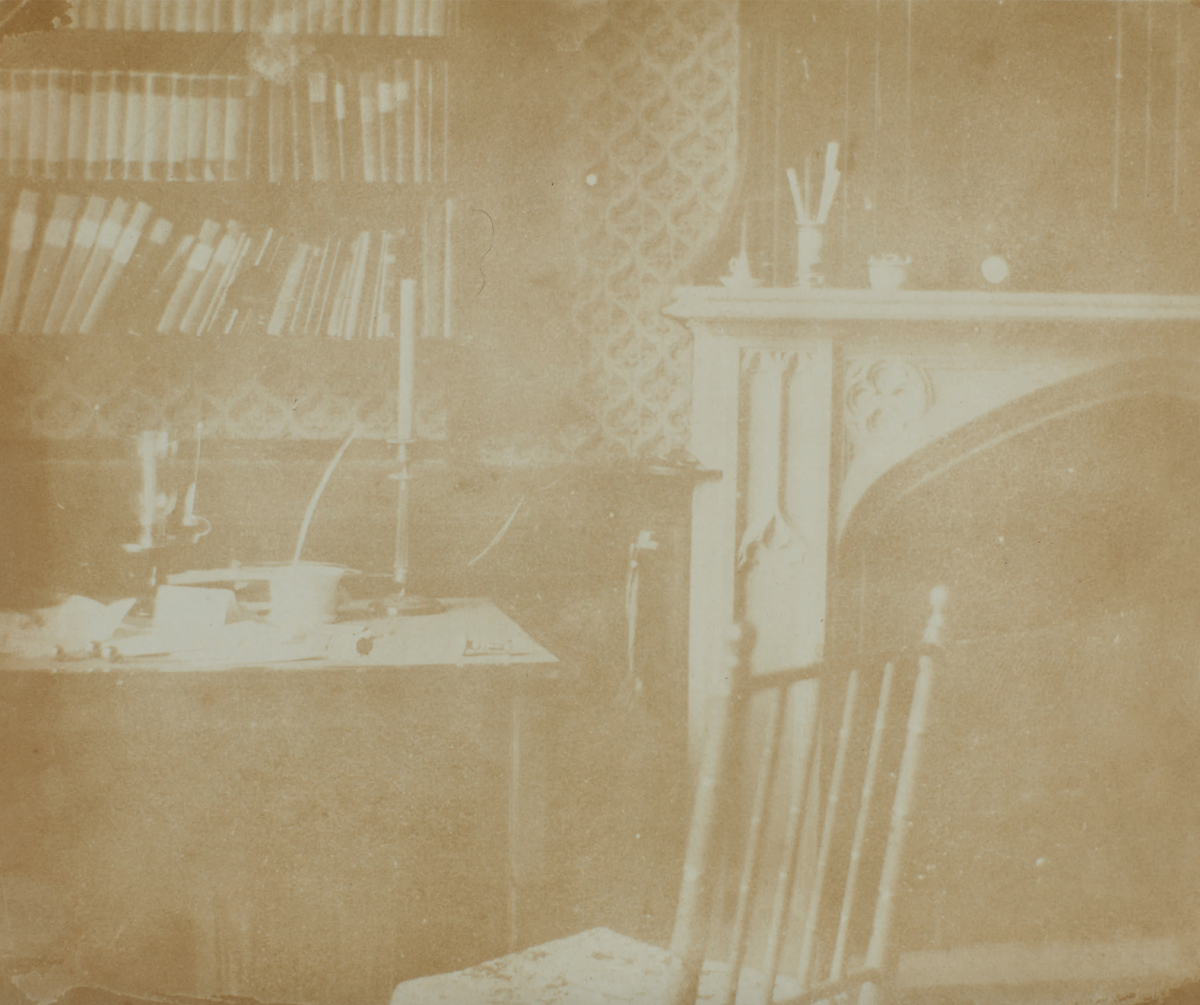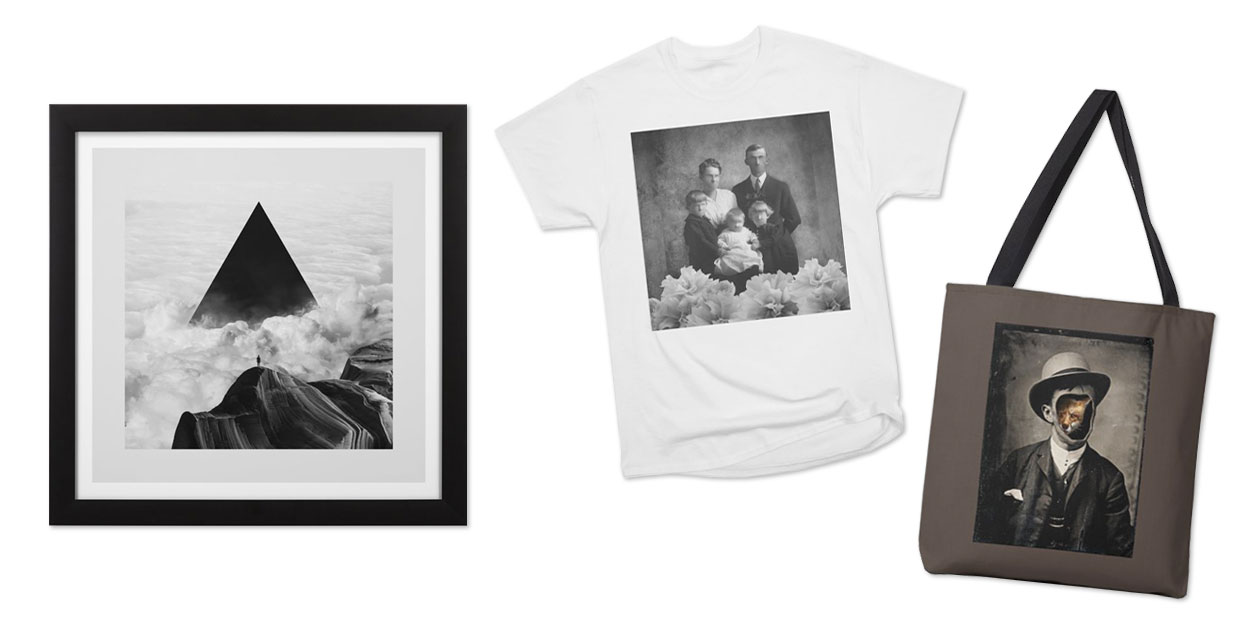As with every trend, interest fluctuates over time. No trend remains in the dusty volumes of art history books. Lately, the art world has rekindled its interest in photography in the same way it did when Vivian Maier’s photographs were found. For some unknown reason, photography brings in less money in the market than paintings. Perhaps it’s because there’s a persistent debate on whether photography is on the same level of art forms like painting and sculpture. However, in the age of selfies and photo-based social media, we quickly learn that great photography is just as difficult to achieve as a great painting—just in a different way.
Recently, Sotheby’s held an online auction of photography. Of the items auctioned off was an album containing photographs by William Henry Fox Talbot. This album set two records at auction! So what does this record-setting say about the resurgence of interest in photography?

Well, Who’s This Talbot Guy?
English scientist and inventor William Henry Fox Talbot is widely considered the father of photography. In the mid-1800s, he experimented with how one captures and develops an image. First, he innovated a process known as “photogenic drawing.” He pressed a plant between photo-sensitive paper and glass, then left it out in the sun. The paper darkened in the sunlight over time, except where the leaf was covering it. In other words, he printed a negative image of the leaf.
From that discovery, Talbot’s determination led him to finding a faster way to develop an image, as he continued to experiment. He came up with the “calotype” process, which uses a liquid mixture of gallic acid and silver nitrate to bring out a latent image on the exposed paper. In essence, he created the chemical process of developing photographs and greatly changed photography in the 19th century.

Talbot’s Recording-Setting Photo Album
Talbot’s collection of 19th century photographs started as a familial gift that became a family heirloom. The photographs in the album depict scenes of daily life in Victorian Britain. The estimated selling price for the album was $300,000. Of course that’s a lot of money, but when you think of works by master painters selling for millions of dollars, that price is scraps! Especially for the man behind the development of modern photography.
It turned out that the estimated selling price was off—by a long shot. At auction, the collection of about 200 photos sold for $2 million! That’s the highest amount Talbot’s work has ever sold for, and is also an auction record for 19th century photography. With these two milestones in mind, let’s examine why Talbot’s album sold for over six times its estimated hammer price.

Why’d It Sell So High?
Talbot is one of the masters of photography, and since this album was passed along generations for ages, it’s a big draw. The album contains multiple photos as well, so it’s a novelty item of sorts—a coffee table book you can’t touch. Honestly, a lot of the time items sell so high because people want the satisfaction of having ownership. Additionally, an art dealer may convince buyers that they need to have it. This does however indicate that the pandemic’s threat of financial instability is slowly dissipating as the world shifts back to some form of normalcy.
Diving a little deeper, this virtual sale is particularly interesting because virtual auctions and exhibits haven’t been doing as well due to what I refer to as Zoom Fatigue. Thus, there’s likely something a little beyond the surface. Perhaps the Victorian scenes of daily life could reflect nostalgia for a time that no one alive today experienced. A lot of people are drawn to a time before, of simplicity. They want something that removes them from the current moment. Sure, things are sliding back into normalcy, but there’s tension there. The muscle memory of daily activities paired with the deep-set anxiety that many live with creates such a tension. We’re still in a period of transition. So, Talbot’s recent success at auction could certainly be attributed to a desire to escape reality and imagine Victorian Britain as this false ideal.

The image featured at the beginning of this post is William Henry Fox Talbot’s A Scene in a Library, circa 1844.


